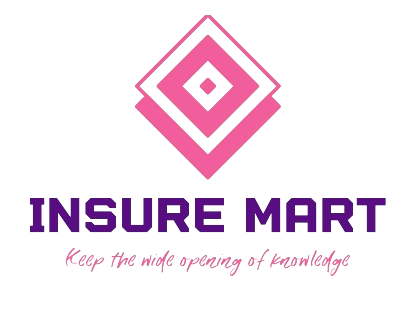In an era marked by rapid technological advancements and dynamic societal changes, the concept of safety has evolved to encompass a broader and more intricate landscape. Navigating uncertainty has become a paramount challenge, and the role of risk assessment systems has emerged as a crucial element in ensuring the well-being of individuals, communities, and organizations. These systems, rooted in a multidisciplinary approach, amalgamate data analytics, predictive modeling, and expert judgment to proactively identify, evaluate, and mitigate potential hazards. At the heart of risk assessment systems lies the acknowledgment that uncertainty is inherent in any complex system, whether it is a manufacturing facility, transportation network, or public space. These systems are designed to go beyond traditional safety measures, adopting a proactive stance by continuously scanning the environment for emerging threats.
Through the integration of advanced data analytics, risk assessment systems can process vast amounts of information in real-time, identifying patterns and anomalies that might otherwise go unnoticed. This capability allows for the early detection of potential risks, enabling timely interventions and preventive measures. One of the fundamental strengths of risk assessment systems is their ability to provide a comprehensive and systematic evaluation of potential threats. By leveraging predictive modeling, these systems can simulate various scenarios and assess the likelihood and severity of different outcomes. This foresight empowers decision-makers to allocate resources efficiently, prioritize risk mitigation efforts, and devise robust contingency plans. Whether dealing with natural disasters, industrial accidents, or public health crises, the First Aid Training Courses ability to anticipate and quantify risks enhances overall preparedness and resilience. Furthermore, risk assessment systems play a pivotal role in fostering a culture of safety within organizations.
By promoting transparency and accountability, these systems encourage stakeholders at all levels to actively engage in the identification and management of risks. Employees become more attuned to potential hazards, and their input becomes an invaluable source of information for refining risk models. This collaborative approach not only enhances the overall effectiveness of risk assessment but also cultivates a proactive safety mindset, making safety a collective responsibility rather than a compliance-driven mandate. In the context of emerging technologies, such as artificial intelligence and autonomous systems, risk assessment takes on an even more critical role. As these technologies become increasingly integrated into various aspects of our lives, the potential risks associated with their deployment must be systematically evaluated. From algorithmic biases to system failures, the dynamic nature of these technologies requires adaptive risk assessment frameworks that evolve alongside the technological landscape. In doing so, these systems contribute to the responsible development and deployment of cutting-edge technologies, ensuring that innovation aligns with safety imperatives.
